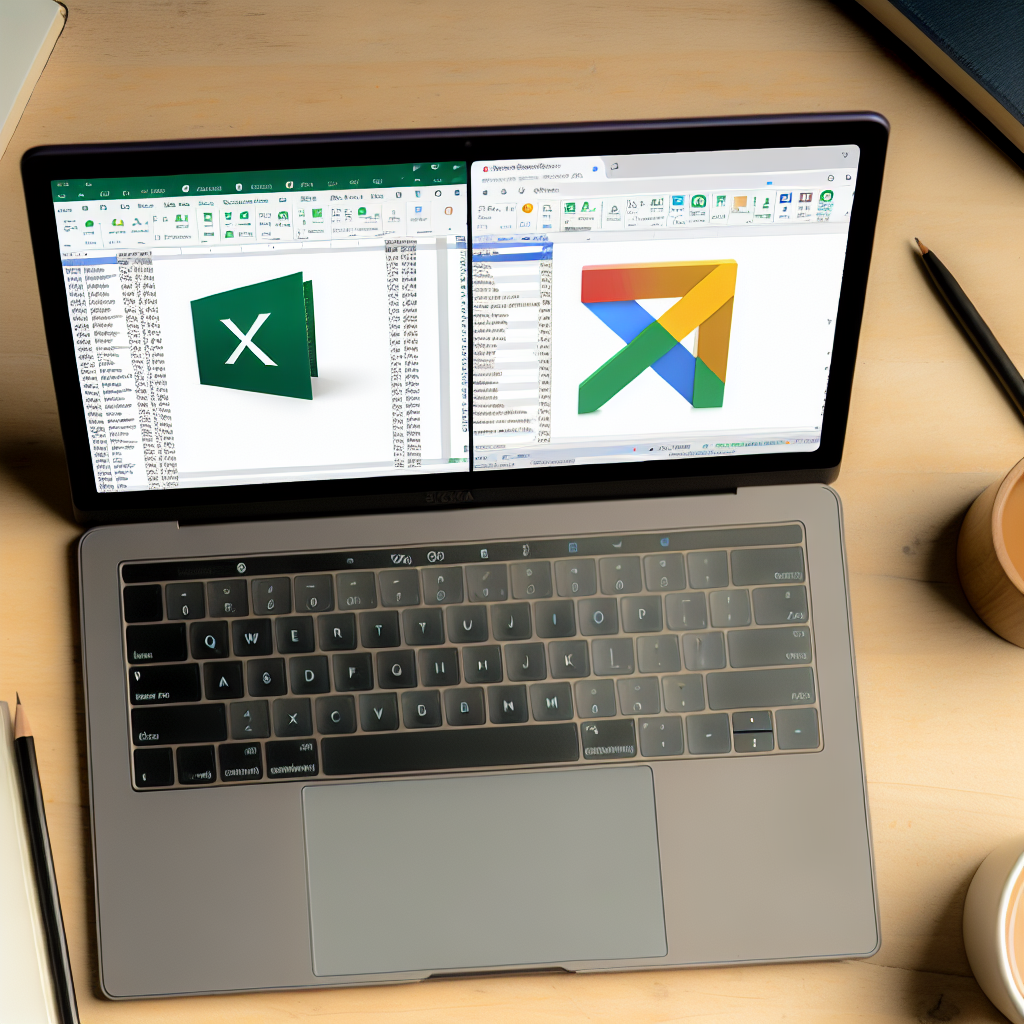When it comes to managing data, analyzing information, or creating complex spreadsheets, **Excel** and **Google Sheets** are two of the most popular tools available. While both serve similar functions, they offer distinct features that cater to different user needs. In this article, we’ll explore the key differences, advantages, and ideal use cases of each platform to help you decide which one suits your workflow best.
Features and Functionality: Excel vs Google Sheets
Microsoft Excel has been the industry standard for spreadsheet software for decades. It boasts a comprehensive set of features designed for advanced data analysis and complex calculations. Excel offers a robust environment with an extensive library of formulas, pivot tables, and data visualization tools. Its capabilities are especially valuable for users working with large datasets or requiring advanced statistical functions.
In contrast, Google Sheets is a cloud-based solution that emphasizes real-time collaboration and accessibility. It provides many similar functions to Excel, including formulas, charts, and pivot tables, but with a focus on ease of sharing and teamwork. Google Sheets’ real-time editing allows multiple users to work on a document simultaneously, making it a popular choice for collaborative projects.
Integration and Use Cases
Excel integrates seamlessly with other Microsoft Office applications, such as Word and PowerPoint, which makes it an ideal choice for corporate environments that rely on these tools. Its ability to handle extensive data processing, automation through VBA macros, and integration with enterprise databases make Excel suitable for industries like finance, engineering, and data analysis where precision and advanced features are critical.
Google Sheets, on the other hand, shines in scenarios requiring quick sharing and collaborative editing. Its integration with Google Workspace apps like Google Drive, Gmail, and Google Forms simplifies workflows in educational settings, small businesses, or remote teams. Additionally, Google Sheets supports add-ons and scripts that enhance functionality, making it adaptable for various lightweight applications without the need for extensive programming knowledge.
Choosing the Right Tool
Deciding between Excel and Google Sheets ultimately hinges on your specific needs. If your work involves complex data models, extensive formatting, or integration with other Microsoft tools, Excel may be the better choice. Conversely, if your priority is seamless collaboration, cloud accessibility, and easy sharing, Google Sheets might be more suitable. Both tools are powerful, but understanding their strengths ensures you select the best platform for your projects.
Conclusion
In summary, **Excel** stands out for its advanced features, complexity, and integration with Microsoft’s ecosystem, making it ideal for intensive data manipulation. **Google Sheets** excels in real-time collaboration, accessibility, and simplicity, perfect for teamwork and cloud-based workflows. By evaluating your specific needs, you can choose the platform that will enhance your productivity and streamline your tasks effectively.
